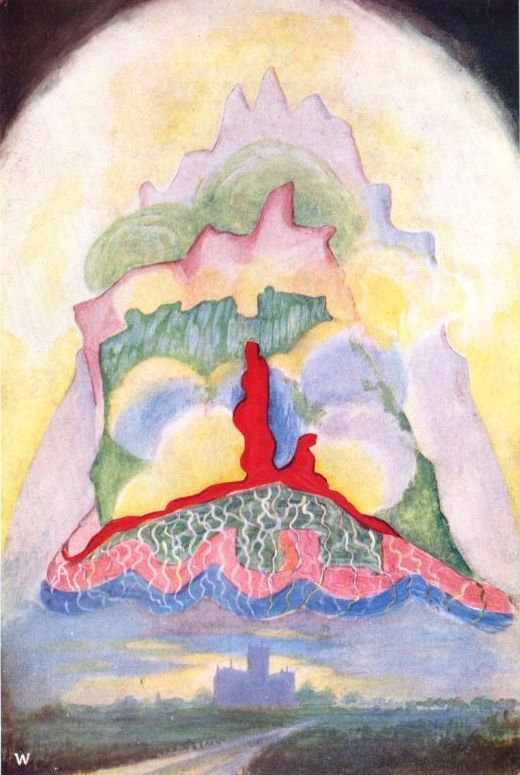

Consider the margaritaria nobilis. Nuclear blue, iridescent and clever, the tropical plant is colloquially known as the bastard hogberry, ostensibly because its pearlescent fruit is designed to mimic its competitors but is markedly less nutritious, meaning: Birds eat it, don’t get their alimentary hit but still distribute the fruit’s seeds, propelling propagation. But the sham berry’s biological sleight of hand is more than a superficial party trick. Its unusually elongated cells contain microscopic concentric layers that repeat at regular nano intervals, disrupting visible light and reflecting select colors. It’s similar to the structural pattern that gives certain beetles their gem-stone shine and one that has been adopted by a team of Harvard University and University of Exeter materials scientists to create an adaptable fiber that changes color as it stretches, proposing infinite potential applications, including its adaption into a smart fabric that optically reacts to heat or pressure.
If the kaleidoscopic skin of an abstruse fruit can drive a league of the world’s top scientists into their labs, it questions if David Foster Wallace’s consideration of the lobster has evolved from a debate of morality to one of survival. Whether it is “wrong” or “right” to consume sentient beings for pleasure comes second to whether it is still plausible to deny the essentiality of nature’s existence for our own subsistence. While mankind has defined the proliferation of human-made objects that conquer its environment as evolution, nature has other theories — notably, a four-billion-year-old archive of proven sustainable, harmonious and implausible solutions.
Nature is our measure, model and mentor. Its rising sea levels and prolific wild fires evidence our imbalanced planet. Its complex systems and patterns hold the secrets to our survival. And its fundamental respect for all organisms demonstrates the recalibration of innovation that must take place in order for our species to endure. Championing observation over domination and collaboration over polarization, biomimicry is the future-forward design policy and philosophy that seeks sustainable solutions to human challenges by emulating nature’s time-tested blueprints. It cracks open existing models, and with them, the human consciousness, reminding us that we are a part of rather than apart from nature.
Where our words end, a conversation with the neural network of the world wide web begins, further exploring and offering uncensored perspectives on this topic through artificial intelligence …
It can reclaim the laws of biology for the benefit of society, medicine and culture. By doing so, we can create structures that allow us to live in harmony with the places we call home, and act as our own agents of change. There is no meaning, let alone purpose, to life without ethics. So, as we begin this journey of understanding, let’s celebrate the community of existence and accept that it has consequences that we can either accommodate or wish away. We can change the world in just about every possible way, but there are only so many ways we can live. The only way we can control the planet’s systems is by changing the way we live here.
After these warnings, I have nothing more to add, save this …


